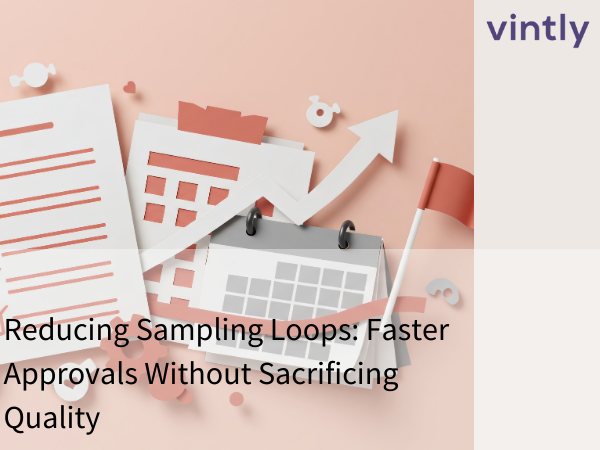In recent years, the fashion industry has seen a significant shift towards sustainability, driven by growing consumer awareness and the urgent need to address environmental challenges. This movement has given rise to the concept of "econogy," where sustainable practices not only benefit the environment but also lead to substantial economic gains. This article explores how the fashion industry is embracing econogy, the economic benefits of sustainability, and the transformative impact of eco-friendly fashion on business practices and the supply chain.
Econogy combines the principles of ecology and economy, promoting sustainable practices that yield economic benefits. In the fashion industry, this means integrating eco-friendly methods throughout the supply chain—from sourcing raw materials to manufacturing, distribution, and retail—while achieving financial profitability. Sustainable fashion is no longer a niche market; it has become a mainstream approach that drives innovation and growth.
Economic Benefits of Sustainability in Fashion
- Cost Savings:
- Sustainable practices can lead to significant cost reductions. For example, using renewable energy sources and optimizing resource use can lower utility bills and reduce waste disposal costs.
- Efficient production methods and waste reduction strategies minimize material costs, increasing overall profitability.
- Enhanced Brand Reputation:
- Brands that commit to sustainable fashion often enjoy enhanced reputations and stronger customer loyalty. Consumers today are more likely to support brands that align with their values, leading to increased sales and market share.
- Positive brand image attracts investors and partners interested in supporting sustainable business practices.
- Market Differentiation:
- Adopting eco-friendly fashion practices allows brands to differentiate themselves in a competitive market. Unique selling propositions based on sustainability can attract a dedicated customer base.
- Green fashion economics creates new opportunities for product lines, such as organic clothing, recycled materials, and ethically produced garments.
- Regulatory Compliance and Incentives:
- Governments worldwide are implementing stricter environmental regulations. Companies that proactively adopt sustainable practices can avoid fines and benefit from tax incentives and grants.
- Compliance with regulations ensures long-term business viability and opens up new markets with eco-conscious consumers.
- Long-Term Sustainability:
- Sustainable business practices ensure the long-term availability of raw materials by promoting responsible sourcing and reducing dependency on non-renewable resources.
- Building a sustainable fashion supply chain fosters resilience against market volatility and resource scarcity.
Sustainable Fashion Supply Chain
Creating a sustainable fashion supply chain involves multiple steps, each contributing to econogy:
- Sustainable Sourcing:
- Choosing eco-friendly materials such as organic cotton, recycled polyester, and biodegradable fabrics reduces the environmental impact.
- Partnering with suppliers who adhere to ethical labor practices and sustainable farming methods ensures transparency and accountability.
- Eco-Friendly Manufacturing:
- Implementing energy-efficient technologies and renewable energy sources in manufacturing processes minimizes carbon footprints.
- Water conservation measures, such as closed-loop systems and wastewater treatment, reduce water usage and pollution.
- Ethical Production:
- Ensuring fair wages, safe working conditions, and respect for workers' rights in factories promotes social sustainability.
- Certifications like Fair Trade, GOTS (Global Organic Textile Standard), and B Corp signal commitment to ethical production.
- Green Distribution and Retail:
- Reducing packaging waste by using recyclable and biodegradable materials decreases environmental impact.
- Implementing sustainable logistics practices, such as optimized shipping routes and electric delivery vehicles, reduces carbon emissions.
- Circular Fashion:
- Promoting circular fashion models, such as clothing recycling, upcycling, and rental services, extends the lifecycle of garments and reduces waste.
- Encouraging consumers to participate in take-back programs and second-hand markets fosters a culture of sustainability.
Case Studies: Success Stories in Sustainable Fashion
1. Patagonia:
- Patagonia is renowned for its commitment to sustainability, using recycled materials and promoting fair labor practices.
- The company’s Worn Wear program encourages customers to repair, reuse, and recycle clothing, reducing environmental impact and fostering brand loyalty.
2. Stella McCartney:
- Stella McCartney's brand emphasizes eco-friendly fashion through the use of sustainable materials and ethical production methods.
- The brand’s innovative designs and commitment to sustainability have positioned it as a leader in the luxury eco-fashion market.
3. H&M’s Conscious Collection:
- H&M's Conscious Collection features garments made from organic cotton, recycled polyester, and other sustainable materials.
- The collection demonstrates how large-scale retailers can integrate sustainable practices and appeal to eco-conscious consumers.
The fashion industry's shift towards econogy highlights the symbiotic relationship between sustainability and economic benefits. By adopting sustainable business practices, fashion brands can reduce costs, enhance their reputations, differentiate themselves in the market, comply with regulations, and ensure long-term viability. The move towards a sustainable fashion supply chain not only addresses environmental concerns but also drives innovation and growth in the industry.
As more companies embrace eco-friendly fashion, the concept of econogy will continue to gain traction, proving that sustainability and profitability can go hand in hand. By prioritizing green fashion economics, the fashion industry can lead the way towards a more sustainable and prosperous future.
.png)


